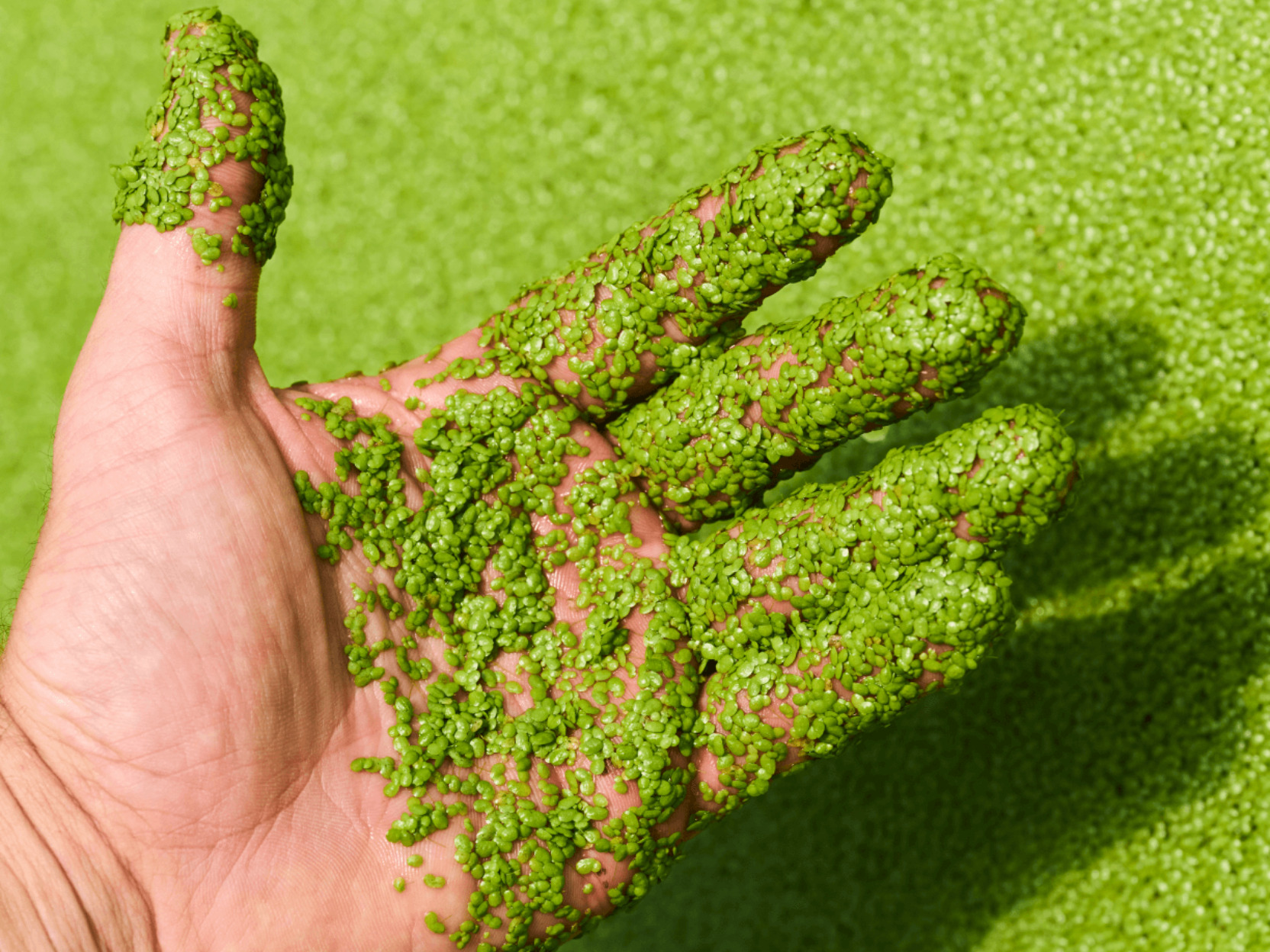Meet the Startups Working with the Climate-Positive Alt-Protein Superfood That Grows Everywhere
8 Mins Read
In a world increasingly ravaged by the climate crisis and food insecurity, one crop could be a solution to meeting our future nutritional, environmental and health needs. Find out more about the startups growing duckweed, the future protein that could power plant-based alternatives to meat and egg, help us fight cancer, feed space colonies, serve as animal feed and more!
According to the UN’s Food and Agriculture Organization, there will be about 9.3 billion people on Earth by 2050. To feed this population, we’ll need to produce 60% more food than current levels. But food production is already responsible for a third of all global greenhouse gas emissions, and half of the world’s habitable land is currently being used for agriculture.
How are we supposed to grow more food? Especially considering that climate-change-induced extreme heat, wildfires, droughts, floods, typhoons and everything in between are already decimating crops and threatening our food supply.
Plus, we’re already eating a ton of meat (and are expected to be consuming more of it), and study after study has shown the environmental detriments of doing so, compared to a vegan diet. And with plant-based meat being in a relatively dormant state of late, and cultivated meat still years from reaching widespread acceptance, approval and production, we need more alternatives, and soon.
Scientists may have found the answer in the naturally occurring plant known as duckweed, which has been consumed in certain parts of the world for centuries and boasts unique health and climate benefits.
Duckweed, aka lemna, or water lentils
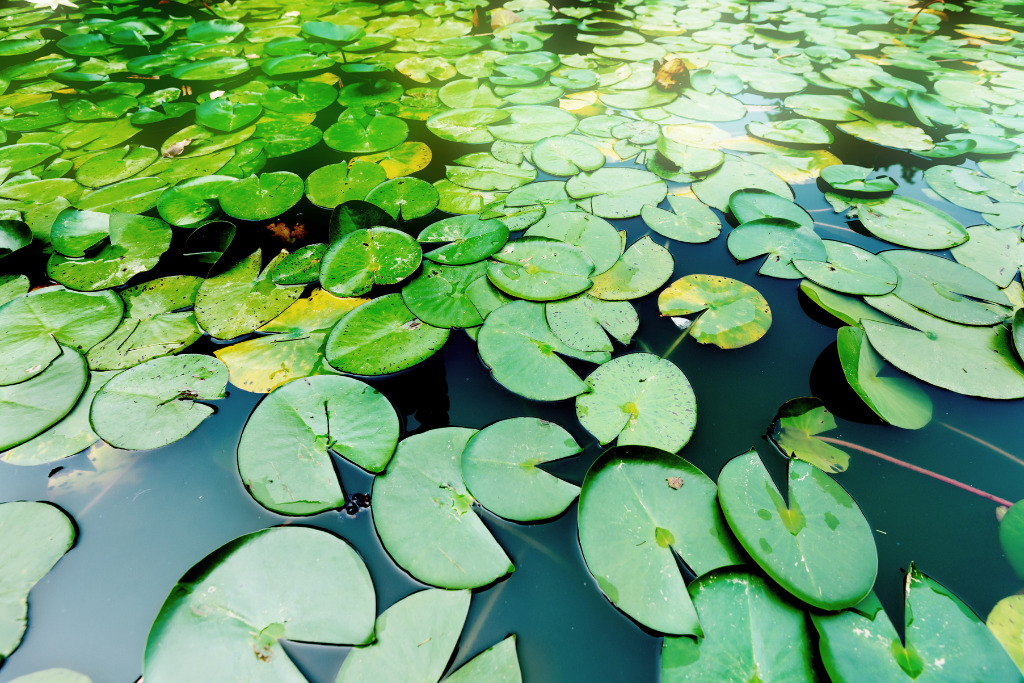
Duckweeds are free-floating freshwater aquatic plants that combine to form what resembles a green carpet on the surface of water. Water lentils is another name for duckweed, which is the non-botanical name of the genus Lemna (variants include minor and minuta) and they are sometimes described as green caviar- pretty cool, right?
This pond weed cleans the water it grows in, by removing pollutants like nitrate and purifying the water. Additionally, it helps with nutrient recovery in municipal wastewater and (in its dry form) is used as a source of animal feed and in the production of medicines. While mostly a freshwater plant, some studies suggest duckweed could be grown in saltwater.
The plant has tremendous – and largely untapped – potential for human use too. Wild duckweed has been consumed in Southeast Asian countries like Thailand (where it is called khai-nam), Myanmar and Laos for centuries, where it is grown, harvested and used in soups and curries, and it’s grown as a vegetable in Israel too. Its flavour is described as being mild with an almost neutral, nutty profile akin to other greens like sweet cabbage, and can be used in similar applications as spinach, for example.
Why should we eat duckweed?
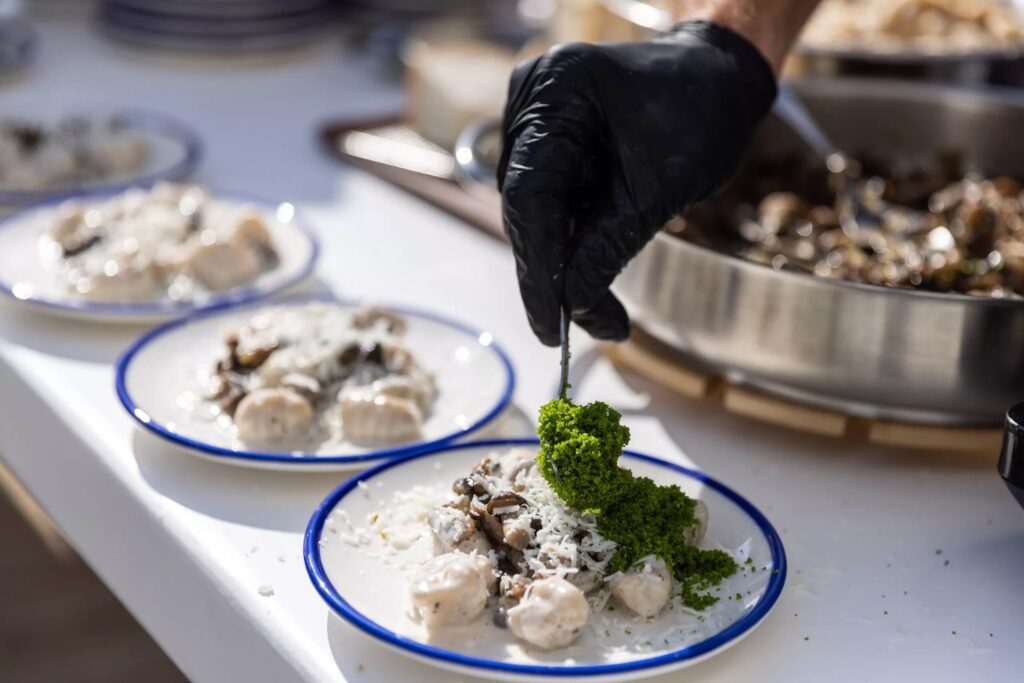
One of the most cited health benefits of duckweed is a high protein content that’s easily absorbed by the body. It can potentially contain 43% of protein in its dry form and can yield 10 times more crude protein per hectare than soy.
Lemna is additionally rich in all essential and many non-essential amino acids, as well as iron, zinc and vitamin B12 – nutrients that aren’t always as easy to find in plant-based sources. And these can be found in higher concentrations than most vegetables. Plus, duckweed is a great source of omega-3 fatty acids. This is why it’s known as khai-nam in Thailand, which translates to ‘water eggs’ (referring to eggs’ high omega-3 content).
Many people also eat the fibre-rich duckweed to treat respiratory infections, rheumatoid arthritis and gout – although that’s based more on anecdotal than scientific evidence. What there is proof of, though, is the presence of flavonoids and carotenoids, which are antioxidants found to help reduce the risk of cancer as well as metabolic, cardiovascular and digestive diseases.
What makes duckweed a climate-resilient, future superfood?
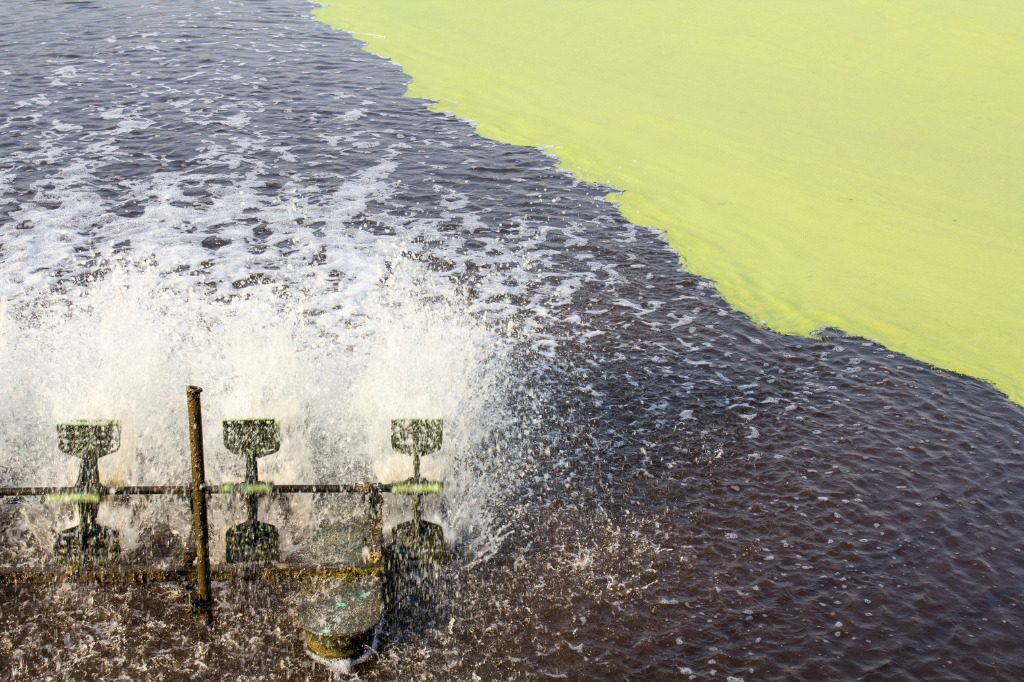
Duckweed’s biggest claim to climate fame is that it’s an aquatic plant, which means it doesn’t occupy any farmland or require the clearing of land for its cultivation or biodiversity loss. This is especially important given the aforementioned share of land taken up by agriculture, and how much food we’ll need to feed future populations. Agrifood systems are responsible for at least three-quarters of global deforestation.
According to one estimate, duckweed uses up to 98% less water per tonne of product than soy, despite being an aquatic weed. This is because the water is recycled within the growing units. Meanwhile, one duckweed startup claims the plant requires up to 20 times less water than protein isolates like soy.
As mentioned above, these water lentils can grow in the same wastewater that they are cleaning. They can absorb contaminants like nitrogen, phosphorus, heavy metals and carbon dioxide from the air, meaning they have huge climate mitigation potential (there are also minimal disease threats). And while one study found that duckweed ponds release methane, a potent gas, other research points to duckweed’s potential as a carbon sink.
Duckweed can grow in any climate and at any altitude, including freezing temperatures that could be lethal to other plans. This means it could be cultivated in parts of the planet that suffer from food shortages and insecurity, or have diets low in protein or produce.
Plus, duckweed has been dubbed the world’s fastest-growing plant, owing to a process called budding. As its leaves grow, the plants divide and separate, each doubling in size every two or three days in optimum conditions, which means there is potential for exponential growth.
According to the UK science research body the STFC Food Network, this could pen up the potential for “industrial-scale protein production in the eastern hemisphere, including Europe, Africa and Asia, and help avoid deforestation”.
Lemna is all the research rage right now

Initial studies have shown low consumer objection to the introduction of duckweed in Europe. Additional research funded by the Wellcome Trust showed that Europeans could be convinced to accept lemna as an everyday food once they are familiar with its nutritional and environmental benefits.
Duckweed truly does possess otherworldly qualities – quite literally, given that NASA has pinpointed it as a top candidate for food grown on Mars. Similarly, Thailand and the European Space Research and Technology Centre are currently studying the possibility of cultivating lemna in space.
Coming back to Earth, the Netherlands submitted an application to the European Food Safety Authority in 2019 to classify duckweed as a novel food fit for human consumption under its regulations, in the hope of making the superfood a supermarket staple.
The startups leveraging duckweed
There are already a host of companies working towards this same goal, leveraging the plant to help produce future-ready food. Here are six startups working with lemna:
Plantible Foods (US)
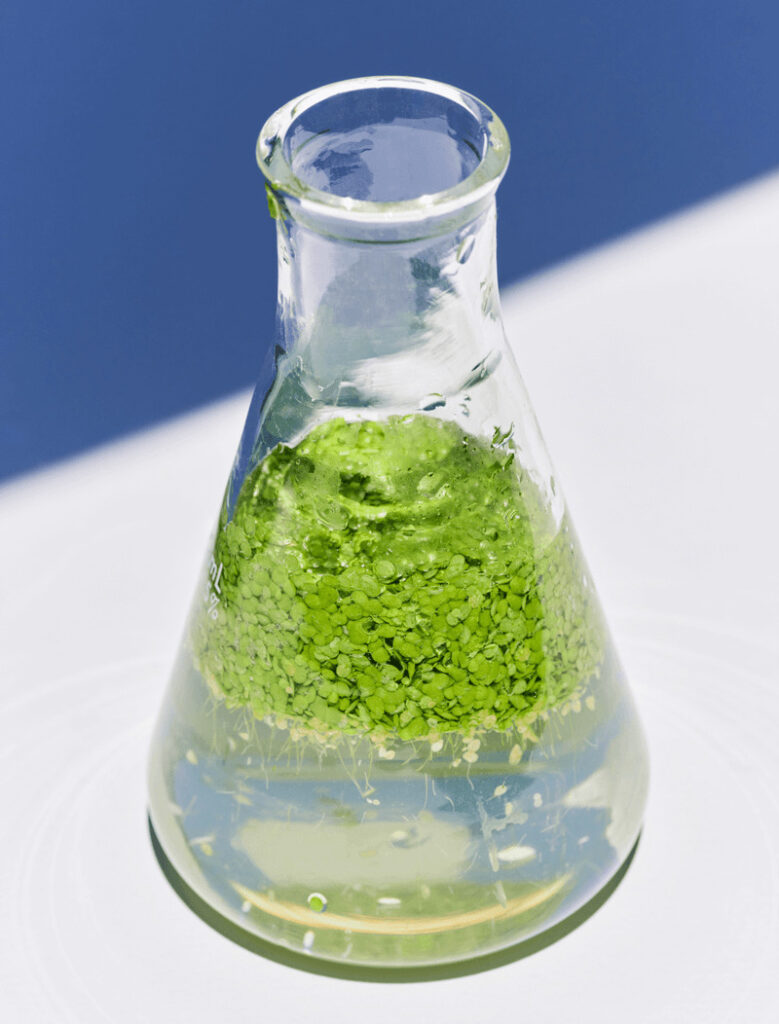
San Diego, California’s Plantible Foods is leveraging the rubisco protein found in duckweed plants, which is said to be the most abundant protein on the planet. In 2021, it raised $21.5M in a Series A funding round to build a commercial-scale production facility and launch its nutrient-dense Rubi Protein. Its current focus is on replacing eggs in applications like baking and pasta-making with Rubi Whisk, and providing a cleaner-label binder to alt-meat with Rubi Prime.
Sustainable Planet (UK)
In the UK, Sustainable Planet is using up desertified land to grow duckweed and disrupt the existing alt-protein market. It was one of four winners of the global FoodTech Challenge earlier this year, which seeks innovative agritech solutions addressing food security. The startup, which is seeking funding to scale up, is aiming to produce lemna in different countries, typically developing nations with available land unsuited to traditional farming. It makes “premium” alt-proteins for plant-based meat, isolates, diabetes treatments, pet food and more.
MicroTERRA (Mexico)
MicroTERRA has created a functional ingredient with lemna that boasts a flavourless and odourless profile and mirrors traditional protein sources, to be used as a functional ingredient or pectin alternative in the plant-based food industry. Having raised $3.3M in total funding, its lemna absorbs nitrogen in residual water and is grown in existing aquaculture farms in its home country of Mexico.
GreenOnyx (Israel)
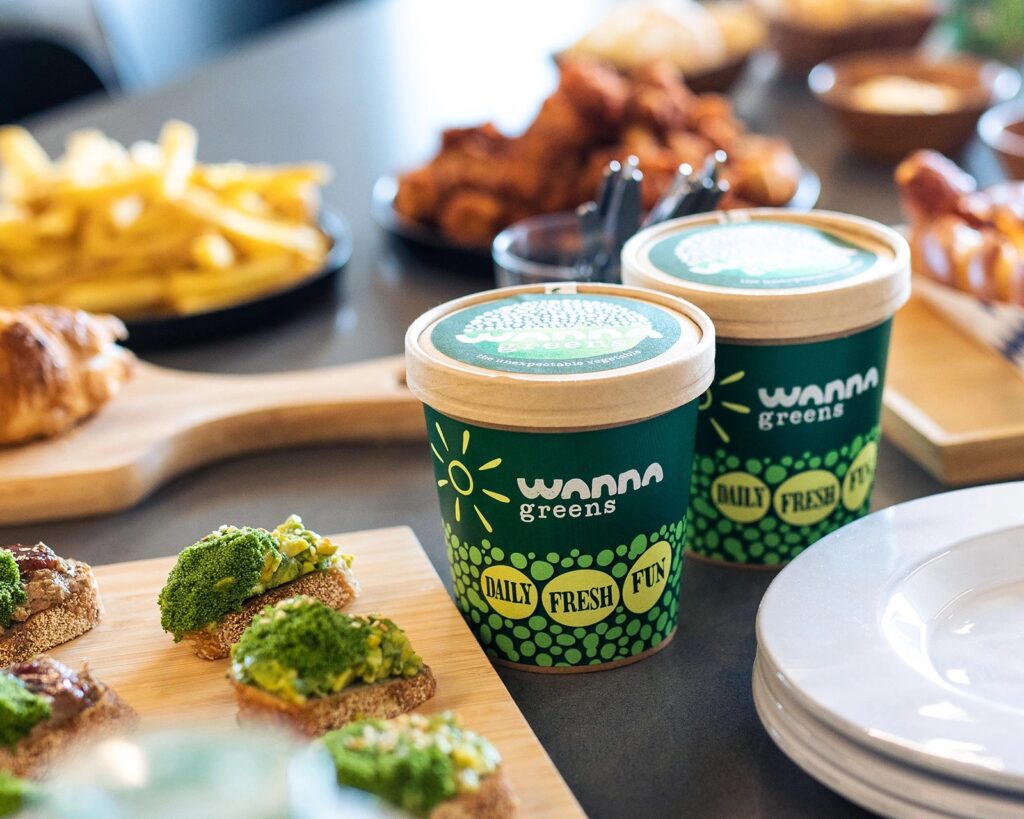
Israeli startup GreenOnyx is making ready-to-eat duckweed that lasts up to a month and can be used in both sweet and savoury applications. In January, it unveiled an urban breeding farm to grow fresh and affordable lemna in the form of green caviar, which it markets via its Wanna Greens brand. The company – valued at $80M after closing an $18M investment round last year – began selling the water lentil caviar for $6.40 in 200g boxes, with plans to retail it for $30 per kg, and has made it onto the menus of some Michelin-starred restaurants.
DryGro (UK – Kenya)
Anglo-Kenyan startup DryGro was founded at Oxford University in 2015 and is growing water lentils for potential use as an egg white replacement, plant-based meat protein ingredient, methylcellulose alternative, and more. The company, which has raised a total of £3.8M ($4.63M) in Series A funding, has research and development partnerships with four universities and has received support from the European Space Agency, Innovate UK, EIT Climate-KIC and EIT Food. In 2021, it opened a facility in Kenya to facilitate its lemna production, following the setup of a pilot farm in 2018.
Fyto (US)
MIT spinoff Fyto is hoping to “out-innovate soy” with its lemna, which it has already deployed at dairy farms for cattle feed and now plans to develop for broader applications. This will be helped by the $15M the Californian company secured in Series A funding last year (bringing total financing to $18M), which it also aims to use to scale to commercial production and grow its team.
Others working on lemna include Pakistan-based Ful Foods and Dutch companies Rubisco Foods and Rinus & Hans. With a host of startups working in the budding duckweed category, it seems this ancient water weed could help solve some of our most pressing future food challenges.


